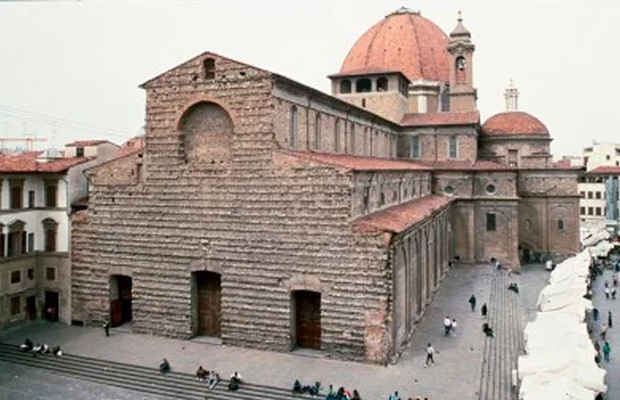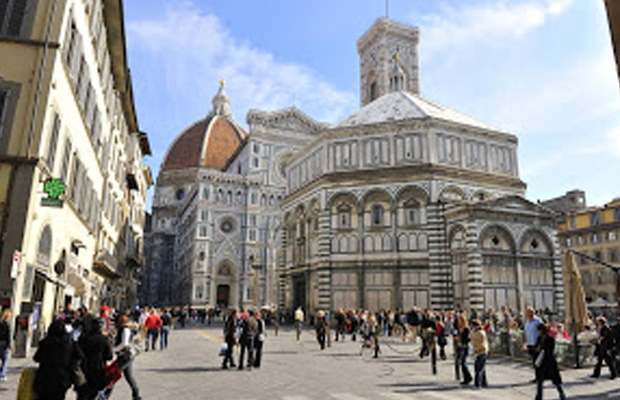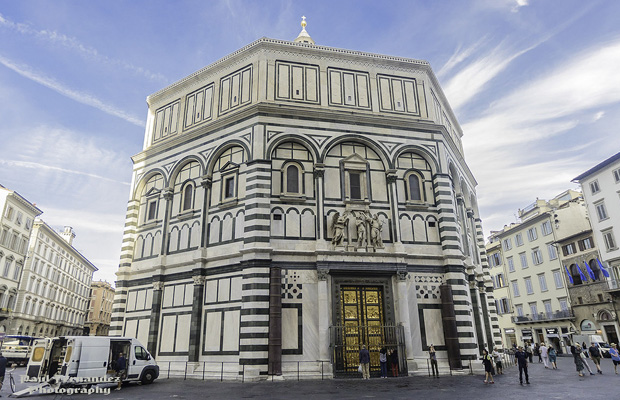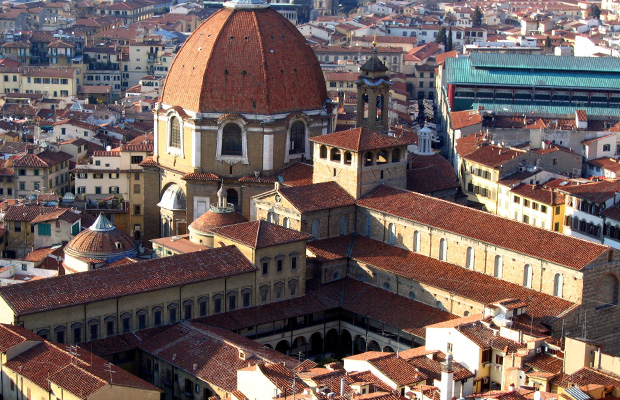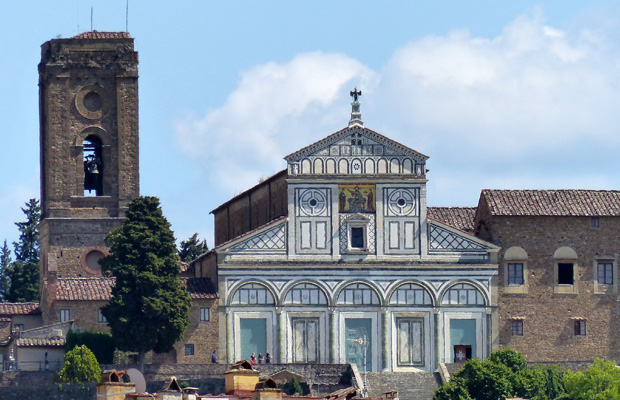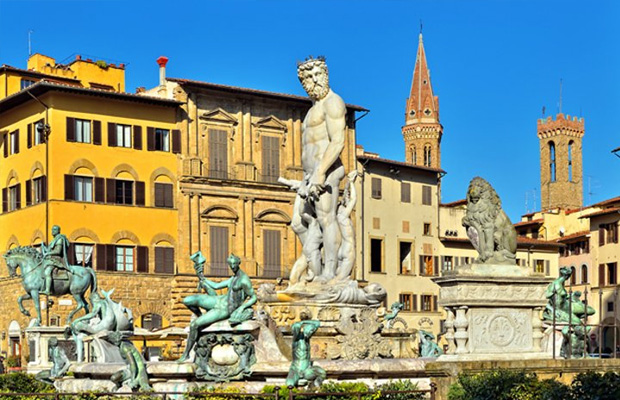Basilica di San Lorenzo
Basilica di San Lorenzo
Italy
Florence
Florence Travel Guide
Book Tour & Activities
Your tour in Florence.
Book your stay
Your hotel in Florence.
Overview
The Basilica di San Lorenzo is one of the largest churches of Florence, Italy, situated at the centre of the city’s main market district, and the burial place of all the principal members of the Medici family from Cosimo il Vecchio to Cosimo III.
The Basilica di San Lorenzo is one of the largest churches of Florence, Italy, situated at the centre of the city’s main market district, and the burial place of all the principal members of the Medici family from Cosimo il Vecchio to Cosimo III. It is one of several churches that claim to be the oldest in Florence, having been consecrated in 393, at which time it stood outside the city walls. For three hundred years it was the city's cathedral before the official seat of the bishop was transferred to Santa Reparata. San Lorenzo was the parish church of the Medici family. In 1419, Giovanni di Bicci de' Medici offered to finance a new church to replace the 11th-century Romanesque rebuilding. Filippo Brunelleschi, the leading Renaissance architect of the first half of the 15th century, was commissioned to design it, but the building, with alterations, was not completed until after his death.
History
The Basilica of San Lorenzo is considered a milestone in the development of Renaissance architecture. The basilica has a complicated building history. The project was begun around 1419, under the direction of Filippo Brunelleschi. Lack of funds slowed the construction and forced changes to the original design. By the early 1440s, only the sacristy (now called the Old Sacristy) had been worked on, as it was being paid for by the Medici. In 1442, the Medici stepped in to take over financial responsibility of the church as well. After Brunelleschi's death in 1446, the job was handed either to Antonio Manetti or Michelozzo; scholars are uncertain. Though the building was largely completed by 1459 in time for a visit to Florence by Pius II, the chapels along the right-hand aisles were still being built in the 1480s and 1490s.
By the time the building was done, aspects of its layout and detailing no longer corresponded to the original plan. The principal difference is that Brunelleschi had envisioned the chapels along the side aisles to be deeper, and to be much like the chapels in the transept, the only part of the building that is known to have been completed to Brunelleschi's design.
Address: Corso di Porta Ticinese, 35, 20123 Milano MI, Italy
Phone: +39 02 8940 4129
Province: Roman Catholic Archdiocese of Milan
Architectural styles: Baroque architecture, Renaissance architecture, Byzantine architecture
Architect: Martino Bassi
Video Travel Inspiration
See Basilica di San Lorenzo on Map
Most Popular Cities

Siem Reap
Cambodia
Ho Chi Minh City
Vietnam
Beijing
China
Paris
France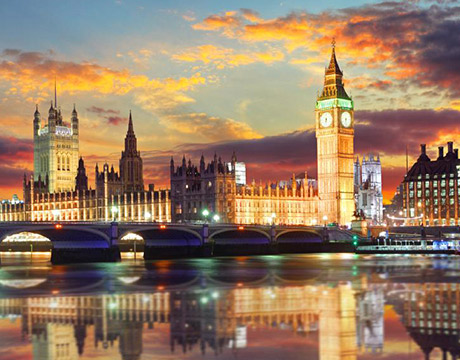
London
United Kingdom
New York
USA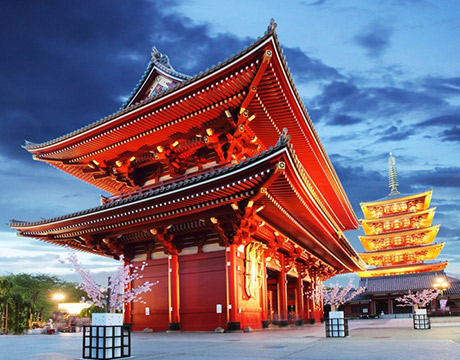
Tokyo
Japan
Bangkok
Thailand
Seoul
South Korea
Vientiane
Laos
Yangon
Myanmar
Washington DC
USA
Los Angeles
USA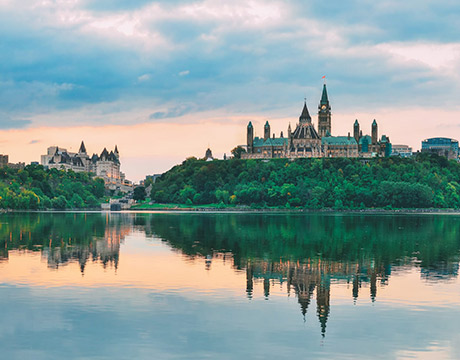
Ottawa
Canada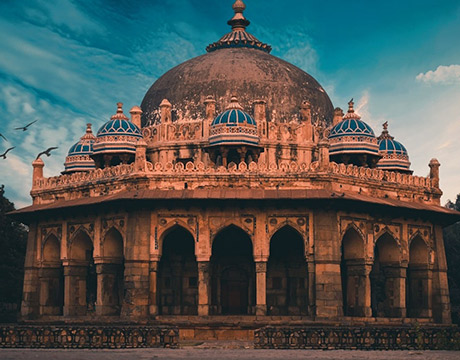
New Delhi
India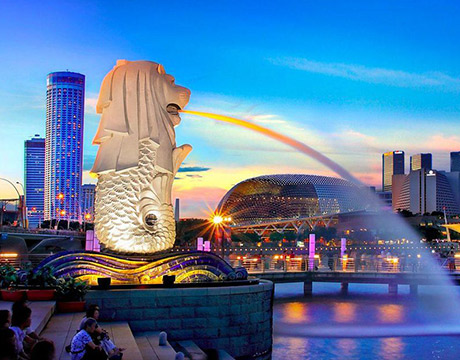
Singapore
Singapore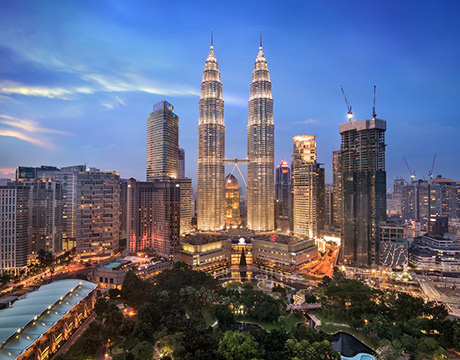
Kuala Lumpur
Malaysia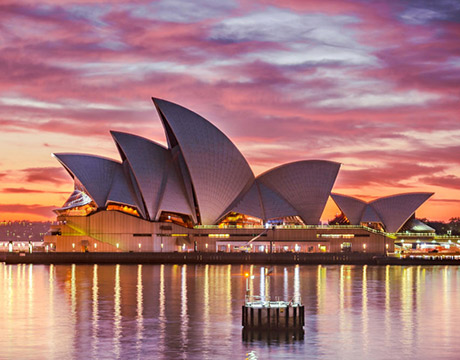
 English
English French
French Khmer
Khmer Thai
Thai Vietnamese
Vietnamese Chinese
Chinese Korean
Korean German
German Japanese
Japanese Italian
Italian Russian
Russian Spanish
Spanish Dutch
Dutch Indonesian
Indonesian Malay
Malay
